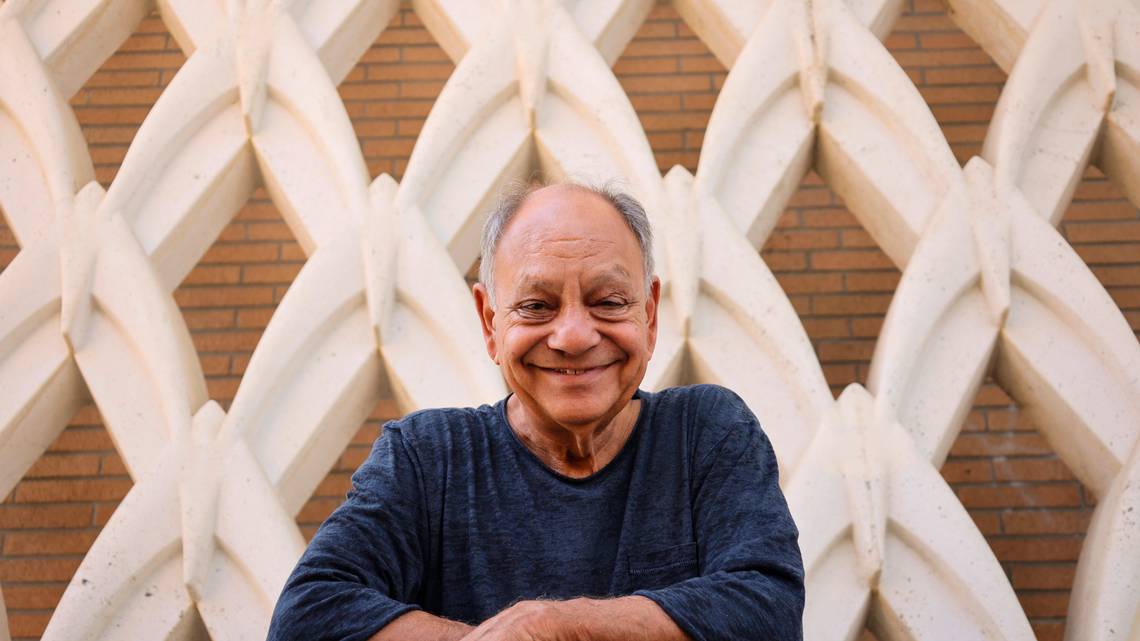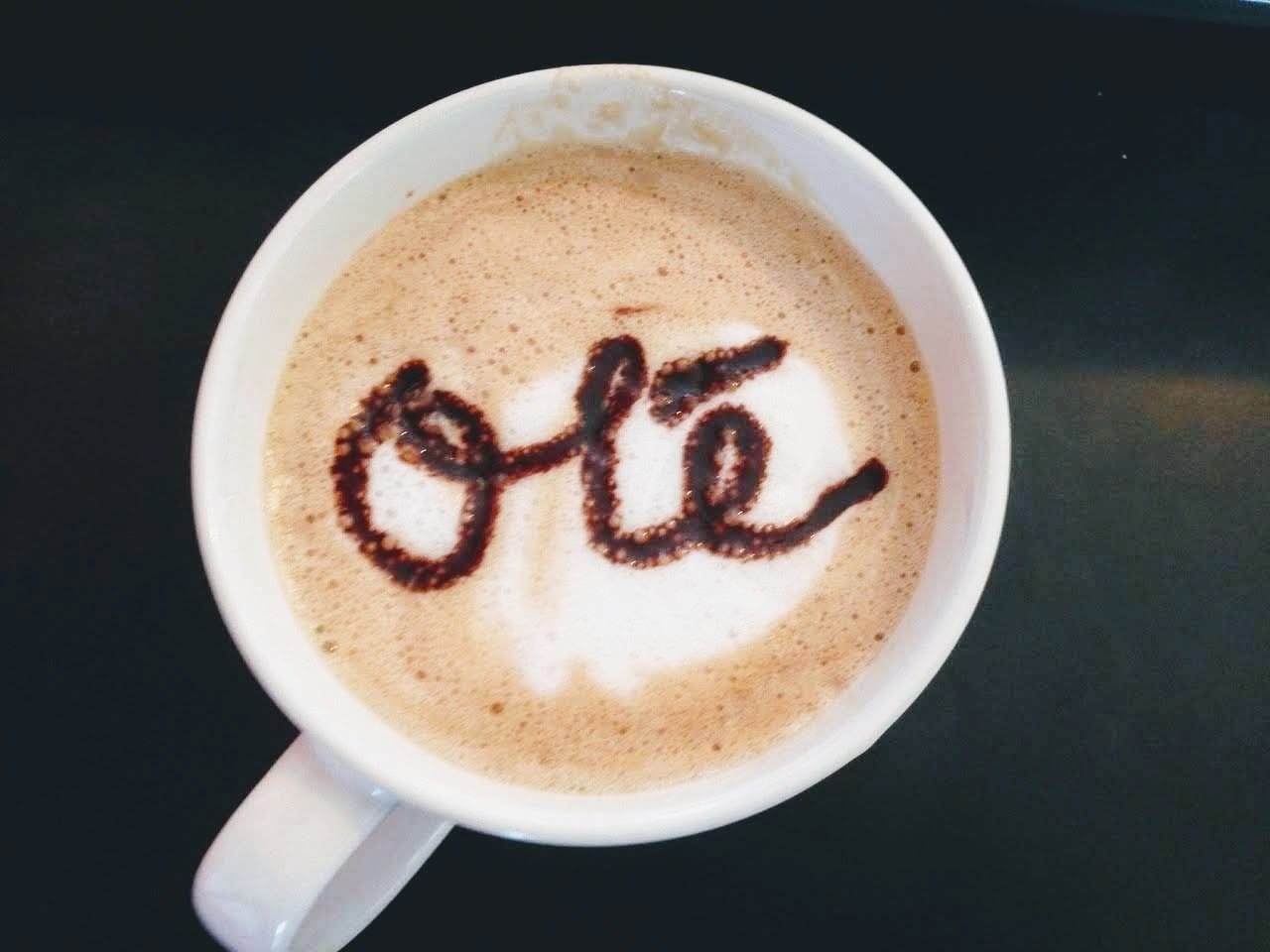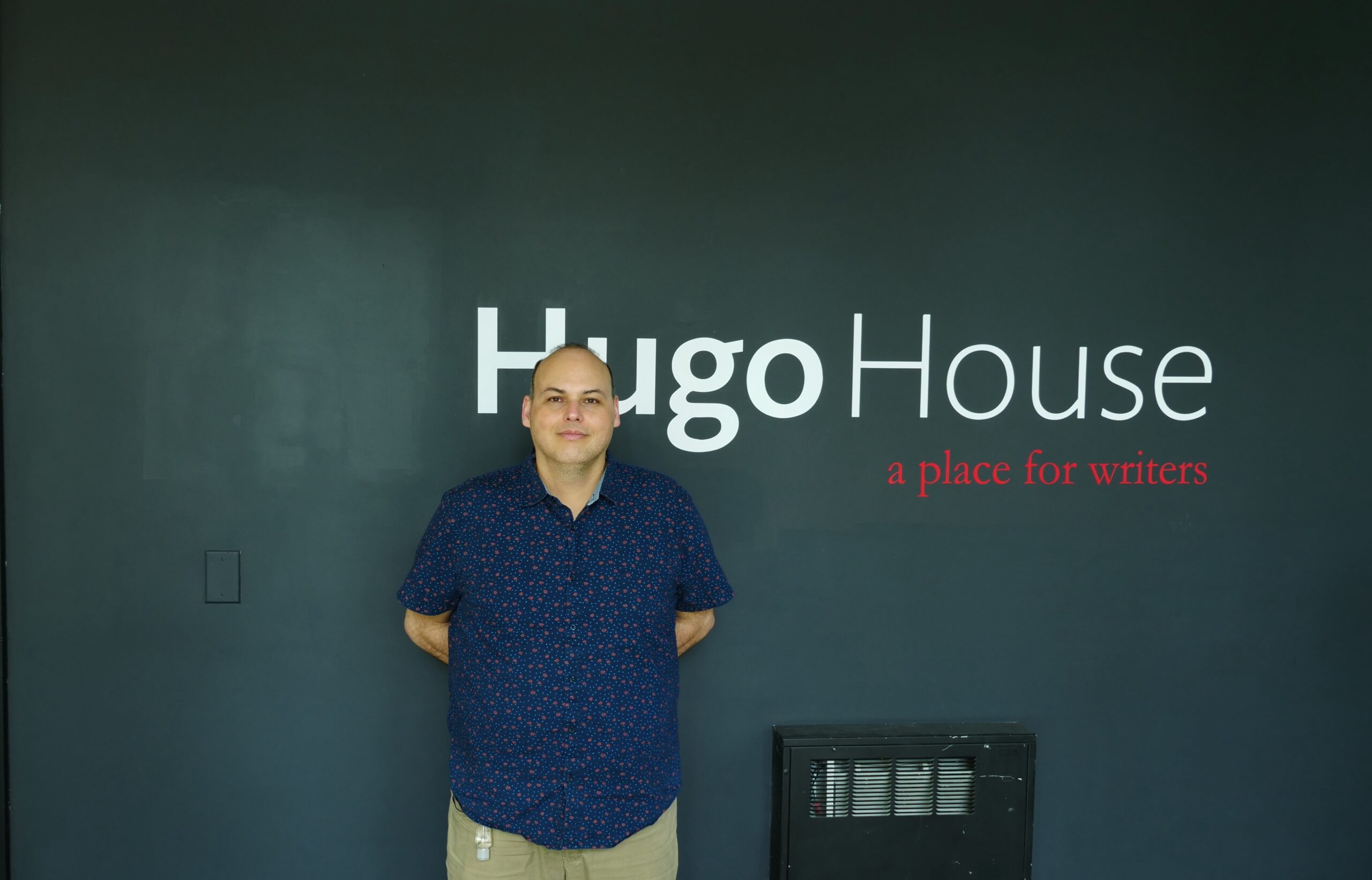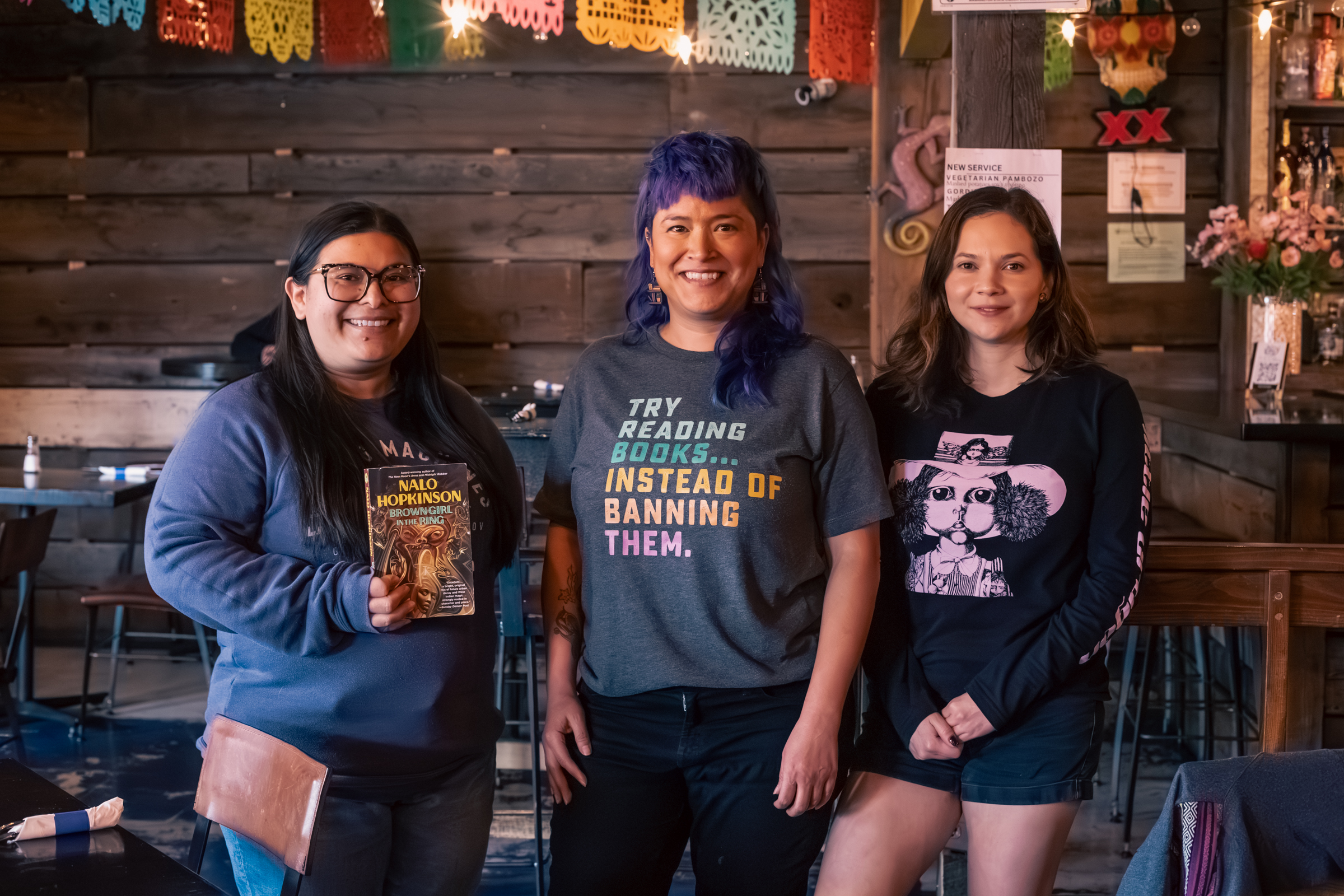Actor and comedian Richard “Cheech” Marin spoke at the opening ceremony of the “El Noroeste” exhibit at the Tacoma Art Museum during Hispanic Heritage Month last year.
Marin, commonly known for being one half of the stoner comedic duo and cannabis company, Cheech and Chong, he has also spent over 30 years building a collection of Chicano art. He is believed to have the largest private collection of Chicano art in the world, with over 700 pieces.
Prior to donating art pieces to the Riverside Art Museum in southern California to create the Cheech Marin Center for Chicano Art and Culture, Marin took his private collection on the road on a 12-city tour. His exhibition “Chicano Visions: American Painters on the Verge” was shown in major art museums across the country from 2001-2007 and broke attendance records.
Now, 550 art pieces from his private collection are in permanent rotation at what is commonly called the Cheech Center, which is considered to be the only permanent art space in the country that displays Chicano art.
Marin is not the only large collector of Chicano art. Gilberto Cárdenas and Dolores Garcia spent the past 60 years building the largest private collection of Chicano and Latino in the world. The couple chose to donate more than 5,000 arts of work by Latino artists to the Blanton Museum of Art at The University of Texas at Austin in an effort to “expand the museum’s focus on Latino art,” according to the University of Texas at Austin.
Marin spoke with the News Tribune and answered some questions about Chicano art before the opening ceremony of “El Noroeste” on Saturday, Sept. 23.
Q&A with Cheech Marin
Q: What made you want to start collecting specifically Chicano art?
A: I’ve been a collector of something all my life. As a little kid,whether it was baseball cards or marbles or stamps, I had a proclivity to do that. I started collecting as soon as I had enough money. I was a potter at one time, so I started collecting that kind of folk art and handmade art and then at some point I discovered these Chicano painters. I connected with their work right away, I saw what they were doing and it meant something to me personally because of my background.
Q: How would you say Chicano art has changed over time?
A: At first it started out as the visual arm of the Chicano Political movement. They were the sign painters, the poster makers, the backdrops for Luis Valdez and his Teatro Campesino, and any signs they carried in protests. Those were Chicano artists and as soon as they kind of did that I think the artists kind of started going off into their own personal, artistic pursuits in that Chicano space because now they saw that there was an interest in doing that.
Q: What sets Chicano art apart from mainstream art?
A: The term “Chicano” is an overarching term that kind of envelops all of the generations, whether it’s Latinx or Chicanx or whatever permutations happen on down the line, it’s all predicated on description of culture, and that’s where it’s different from every other arts art movement that has gone on. It is not based on the style, the way they paint it is about what they paint and what things they look at, in description of Chicano culture.
Q: How has your taste in art changed over the years?
A: Well, it’s evolved as I see more and more art because every generation of artists that comes into this field has their own view of what they want to paint about or draw about or make art about. Then you get to see another view into this ongoing evolution of Chicano culture and they all have their own views because their neighborhoods look different because what they’re saying is “this is what my neighborhood looks like, this is what the people in my neighborhood look like, these are the concerns that are happening to people in our neighborhoods and these are our political views” in whatever ways they want.
Q: Is your personal collection of Chicano art still growing?
A: Yeah, actually it’s an addiction. There’s just so many new artists coming up. Its not like you’re still buying from people in the 60s, you’re buying from artists that are making really vibrant art today. There’s so many of them, so if I see a wonderful piece of art or a wonderful artist is creating something new and exciting, I collect it.
Q: Why would you say an exhibit like “El Noroeste” which features local Chicano and Latine artists is important to display in such a well-known and popular museum such as the Tacoma Art Museum?
A: Well, it’s just to show the spread of where Chicano art is and it’s spreading more and more as Chicanos spread more and more across the country. Chicanos have been spreading out for a long period of time, but now we get to see the visual face of it. The absence of Chicano art in museums is now changing, and there’s Chicano art in a lot of museums now.
Q: What can we do to foster and help the Chicano art movement and Chicano artists grow here in the Northwest?
A: Galleries should start showing Chicano art. Support your local Chicano artists and buy their stuff. Being an actor is a hard way to make a living, but being an artist is way harder and it’s a long road that takes determination, so we want to encourage those people that we see making great art to keep on making great art.
The “El Noroeste” exhibit was on display at the Tacoma Art Museum from Sept. 24- Oct. 1, 2023.
Cover Photo: Richard “Cheech” Marin Carlos Puma
Publisher’s Notes: Washington Latino News (WALN) and The News Tribune are partners in best serving the public. This article was first published as Q&A: Actor Cheech Marin answers seven questions about Chicano art before visiting Tacoma in The News Tribune, and was republished with permission.




